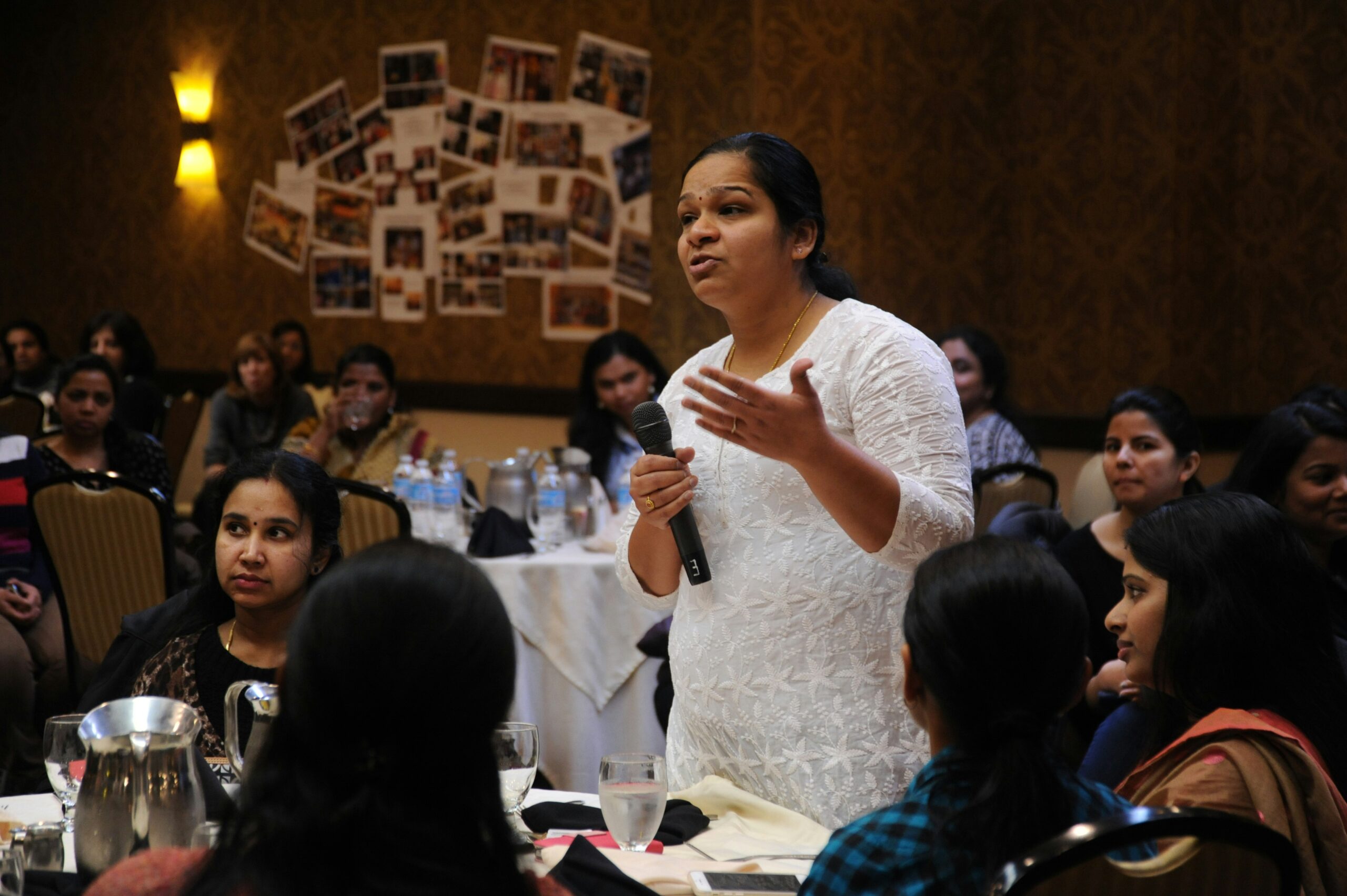The Who
When individuals of the general public engage with this game, it fosters awareness and compassion towards the experiences of their peers who may have endured domestic abuse. Some may feel more empowered to intervene in the future, or encouraged to educate their children.
This game can be used as a training exercise for volunteers, direct service workers, law enforcement, healthcare workers, or any profession that provide public services. Additionally, efforts can be made to integrate this game into educational and community outreach programs.
Any person with the capacity to make organizational or legislative decisions should undergo this training to help identify the gaps and barriers in their community. The results of this game can inform policy or inspire innovative solutions.
Case conferences are opportunities to bring specialists from different sectors together, and using the game’s story as a case study can facilitate deliberate discussions, focusing on the nuances of each scenario. The simulated story can be adapted for specific use cases, and updated as time goes on to remain relevant.
The What
“You Choose Abuse” is a virtual, experiential, serious game created to make participants consider the complexities of domestic abuse and provoke discussions about the tough choices made while navigating abusive relationships.
There are three ways to play: the participants can “roll the dice”, make their own decisions, or the facilitator can assign selections. Groups are ideal for this activity, but it can be done solo.
This game requires more engagement than the typical “choose your own adventure” game. Each scenario will present the participant with questions and tasks before they are able to move on.
These questions and tasks are meant to simulate the real experiences of those living with abuse. The participants will look for shelters, complete a safety plan, and “pay” for apartments.
Domestic Violence and Domestic Abuse are used interchangeably during this activity, but there is an important distinction because there are many instances of abuse that do not include physical violence. Verbal, mental, financial, digital, reproductive, religious, animal, and child abuse are all considered to be Domestic Violence for the purpose of this activity.
This game was developed to be as gender-neutral as possible. All of these scenarios can be applied to a male victim of abuse as well, except for one scenario that depends on the gender selected at the beginning. At least one group should be male so both genders are considered and discussed.
You may notice there are populations that are excluded in this case. There is a binary gender option for the purpose of this game, but nearly all scenarios are relevant to non-binary and same-sex relationships. The LGBTQI perspective is explored as an additional barrier assigned by the facilitator.
You will also see financial transactions as part of this game. The character will earn (or not earn) an income. Some scenarios involve expenses that will be taken out of their savings. The amount in their savings is their income, divided by half, times the years they have been earning, so each year they will save half of their income.
The tasks associated with these scenarios must be completed before the game can continue. They are meant to be solved as a group, and there will be time limits to how long a task can take.
As the participants go through each stage, there will be opportunities to learn more about domestic abuse using educational resources, statistics, and quotes from survivors. The intention is to establish a baseline understanding and contextualize the problem.
Questions that will get featured a lot in this activity are, “What policies are in place? Where are the gaps? What can be done?” These questions are meant to help identify the disparities that exist, and motivate the participants to innovate and take action.
The Where
The platform for this game will be a website, which means a computer, tablet, or smartphone is required. The infrastructure for this activity will essentially be very long and complex, using conditions to control the elements.
The website will have a very simple design, and will be easy to navigate as nearly everything will be contained to the home page, with a few minor exceptions. The next short project will be a blog post that reviews the literature.
Not only does the website host the game, but it will also have message boards for each scenario. Participants can contribute their thoughts and experiences, and the conversations can continue indefinitely.
The final project will also contain the Facilitator and Participant Handbooks. These workbooks will provide prompts to guide the facilitator, and allow the participants to document their thoughts throughout the process.
These handbooks will be available for download from the website.
The Why
Despite all the progress that has been made over previous decades, there is still a great deal of stigma and victim-blaming when it comes to domestic abuse.
The average person wonders, “Why do they stay?” This game hopes to provide some insight. This developer used personal and professional experiences as a shelter advocate and BSW, along with the testimonials of other survivors, to help humanize the narrative.
Still, there may be many that play and walk away unconvinced. In that case, the ultimate goal of this project is to offer perspectives that make the player think, “I never thought of that.”
The discussion questions are meant to challenge the participants to dig deeper. They are asked to problem-solve, develop their own solutions, analyze policy, and contemplate different perspectives.
Incorporating a diverse set of situations helps create a dialogue about the experiences of different groups, and the systems that can be barriers or resources. Some scenarios exist in the grey area, possibly resulting in disagreements, but that should be encouraged.



